Key drivers and opportunities behind the increased demand for next-generation networks
Organisations across a range of sectors share a common goal – how to undertake digital transformations successfully. Over the last several years, transitioning to the cloud has brought about a new technology dynamic. Services that would previously have been on-premises have already become or are becoming cloud-based, and we are now consuming data in a completely different way.
Consequently, cloud-based technology is an increasingly critical part of everyday applications and service operation. It is evident that the rise of cloud-based technology is a key driver of next-generation networks. Not only is this a move towards more comprehensive service offerings, but it will also change the way network services are delivered.
New technologies make the connection
The speed and availability of networks are increasing thanks to the advancement of different and modern technologies. Emerging next-generation technologies bring innovative capabilities that can change everyday functionality in networks. The likes of Artificial Intelligence (AI), Internet of Things (IoT), automation and Machine Learning (ML) technology are here and embedded in all of the applications and services that we use. Our customers across a host of industries, including emergency services, are beginning to see some of the benefits of that.
These useful management and operational tools can assist staff as they work on the mission-critical tasks that matter most. The use of Augmented Reality (AR) and Virtual Reality (VR), for example, is becoming more embedded in day-to-day operations and staff training activity.
The ubiquitous availability of Wi-Fi, 4G and increasingly, 5G connectivity also means we have become accustomed to being ‘always on’, regardless of the location we chose as our working environment. This makes any risk of network access point shut down or system faults are more disruptive than ever.
Data to use and understand
The most rapidly growing aspect of new technologies and more advanced networks in both volume and value is data. From wireless sensors to cloud-based devices, everything in the new connected world generates data. The quantity of data being generated is not a small, inconsequential amount. It is everywhere. Organisations need to try to clear out what they don’t need or what they deem irrelevant.
The data itself becomes a tangible asset that organisations can use and understand to enhance your operations. We are now starting to monitor and manage hundreds and hundreds of thousands of assets, and this is only going to get bigger.
By utilising the likes of a 5G Private Network that delivers high capacity, high-speed and ultra-low latency, organisations can access near instant analysis of vast amounts of data remotely. By harnessing next-generation technologies, they can unlock the insights and value within the data – and change the way they operate accordingly.
So how do you connect to this digital domain? Some locations and organisations might currently experience poor broadband, but the Government and various other organisations are heavily invested and involved in achieving a digital Britain and delivering high performance Fibre-To-The-Home connectivity. Roughly 50% of the UK is already covered with high-density fibre. That’s only going to get better.
Rise of hybrid working
And with the global pandemic pushing workers out of the office and into spare rooms or onto dining tables and heralding a new trend for hybrid working that is here to stay, delivering on the digital Britain vision has never been more important. Organisations now require a different type of connectivity model that puts the emphasis on wireless connectivity. We’re going to ingest data from many different data points from the cloud and different devices. Hybrid working is a key driver for utilising next-generation technologies.
With everything wireless in the building, it allows for creativity and greater collaboration. The office dynamic has completely shifted to make things more fluid to attract a younger worker demographic. To attract anybody in any industry, next-generation technology has to be available. The working domain is changing and businesses that changed working practices to meet client needs during Covid are now evolving again to make these changes permanent or evolve further. This agile working model will exist forever and is enabled by network connectivity.
Network-agnostic
In essence, people both require and expect ubiquitous connectivity but are starting to disregard the connectivity model because they are only interested in how they ingest data and get access to that application. User experience is important, but users don’t care how they are connected. Whether they want to stream movies or work remotely, their only requirement is that the connectivity is instantaneous, low-latency and high quality.
To ensure organisations can continue their own digital growth, they need to utilise emerging technologies to power future networking, as well as consider the network trends that are becoming standard across the industry. The transition to cloud-based technology, increased amount of data generated and the move to hybrid working has presented organisations with numerous challenges – but these are not insurmountable and with the right technology partner they can unlock the huge potential of next-generation networks.









